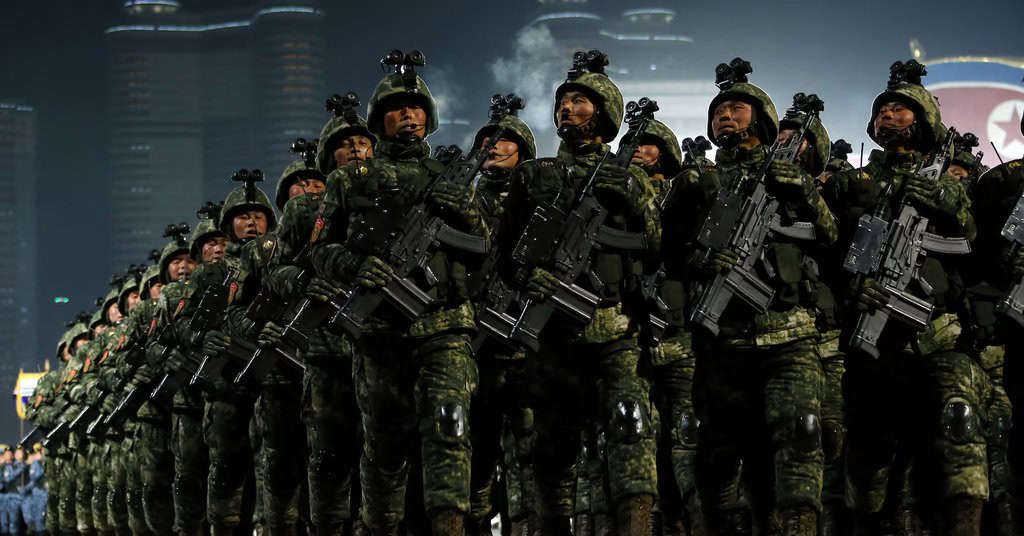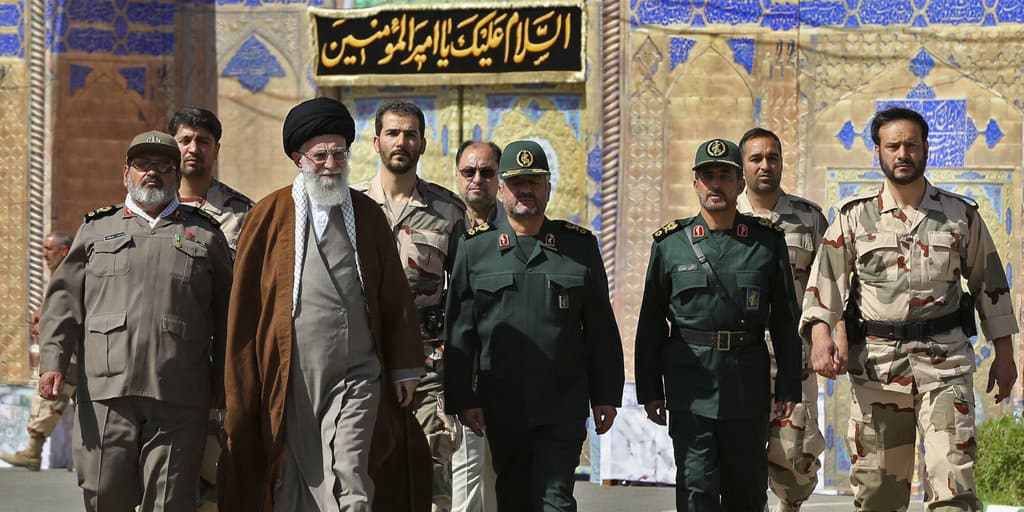The Collapse of Assad’s Regime
The longstanding rule of Syrian President Bashar al-Assad has officially come to an end with the fall of Damascus to rebel forces. This marks the conclusion of over fifty years of Assad family rule in Syria, which began under his father, Hafez al-Assad, in 1971. The rebels, primarily composed of Islamist factions, swept into the capital after a lightning advance through key cities, culminating in the declaration of Damascus as “liberated.” As Syrians poured into the streets in celebration, the collapse of the Assad regime signaled an extraordinary shift in Syria’s political landscape.
The Fall of Damascus: A Turning Point in the Conflict
The fall of Damascus represents the most significant milestone in the Syrian civil war, which has raged since 2011. Rebel forces, emboldened by recent victories, took control of vital government positions in the capital. The city, which had long been the center of Assad’s power, was overtaken after a swift offensive that shattered the regime’s military defenses. As the rebels moved through the city, Assad’s loyalists began to flee, and key officials surrendered or defected. For Syrians, the liberation of the capital signifies the end of a brutal chapter in the nation’s history.
Assad’s Departure: The End of an Era
Following the fall of Damascus, Russia’s foreign ministry confirmed that Bashar al-Assad had left the country. According to the statement, Assad made the decision to step down from the presidency and exit Syria, with instructions given to transfer power peacefully. The Russian government made clear that it was not involved in the negotiations leading to Assad’s departure, underscoring the shift in Syria’s political dynamics. The departure of Assad, who had clung to power for over two decades, marks the formal end of the Assadist dynasty and a significant blow to the regime’s long-standing hold on the country.
Rebel Leadership and Future Prospects
In the wake of Assad’s exit, Syria’s Prime Minister appeared in a recorded message, expressing the government’s willingness to cooperate with any new leadership chosen by the people. The Prime Minister was seen under rebel escort, further signaling the erosion of government authority. Despite the rebel forces being largely Islamist in composition, they assured the international community and the Syrian population that the rights of minority groups, including Alawites, Christians, and Druze, would be protected. The rebels’ pledge to safeguard minorities will be closely scrutinized as they consolidate power in a divided and war-torn nation.
The Geopolitical Implications: A Blow to Iran’s Influence
The toppling of Assad is not only a pivotal moment for Syria, but also for the broader Middle East. The collapse of the Iran-backed Assad regime is viewed as a strategic setback for Tehran, which has relied on Assad as a key ally in its regional ambitions. A source close to the U.S. government referred to this development as the “collapse of Iran’s artifice” in the Middle East. This follows the weakening of other Iranian-backed forces, such as Hezbollah and Hamas, after recent conflicts with Israel. The fall of Assad is perceived as part of a broader trend of diminishing Iranian influence in the region, which may shift the balance of power away from the Shiite axis that Iran has long sought to consolidate.
The International Reaction: Mixed Responses
The international community has reacted to Assad’s fall with a mixture of cautious optimism and skepticism. Rebel leaders and their supporters view this as a victory for the Syrian people and a triumph over a despotic regime that has been responsible for widespread atrocities. However, the future of Syria remains uncertain. The rebel forces, led by Islamist groups, will now face the complex task of maintaining order and governing a fractured country. Additionally, the question of political transition remains unresolved. Will Syria move toward a democratic system, or will it fragment further as various factions vie for control?
The Road Ahead: Syria’s Political Future
For now, Syria faces a critical juncture. With the Assad regime toppled, the country enters an era of uncertainty. The newly empowered rebel factions must navigate a delicate balance of power, ensuring the protection of minority groups while addressing the immediate needs of a war-ravaged population. The role of external powers, particularly Russia, the United States, and Iran, will continue to shape Syria’s political trajectory. As the country moves toward an uncertain future, the ultimate question remains: Can Syria rebuild, or will it continue to be mired in conflict and division?




